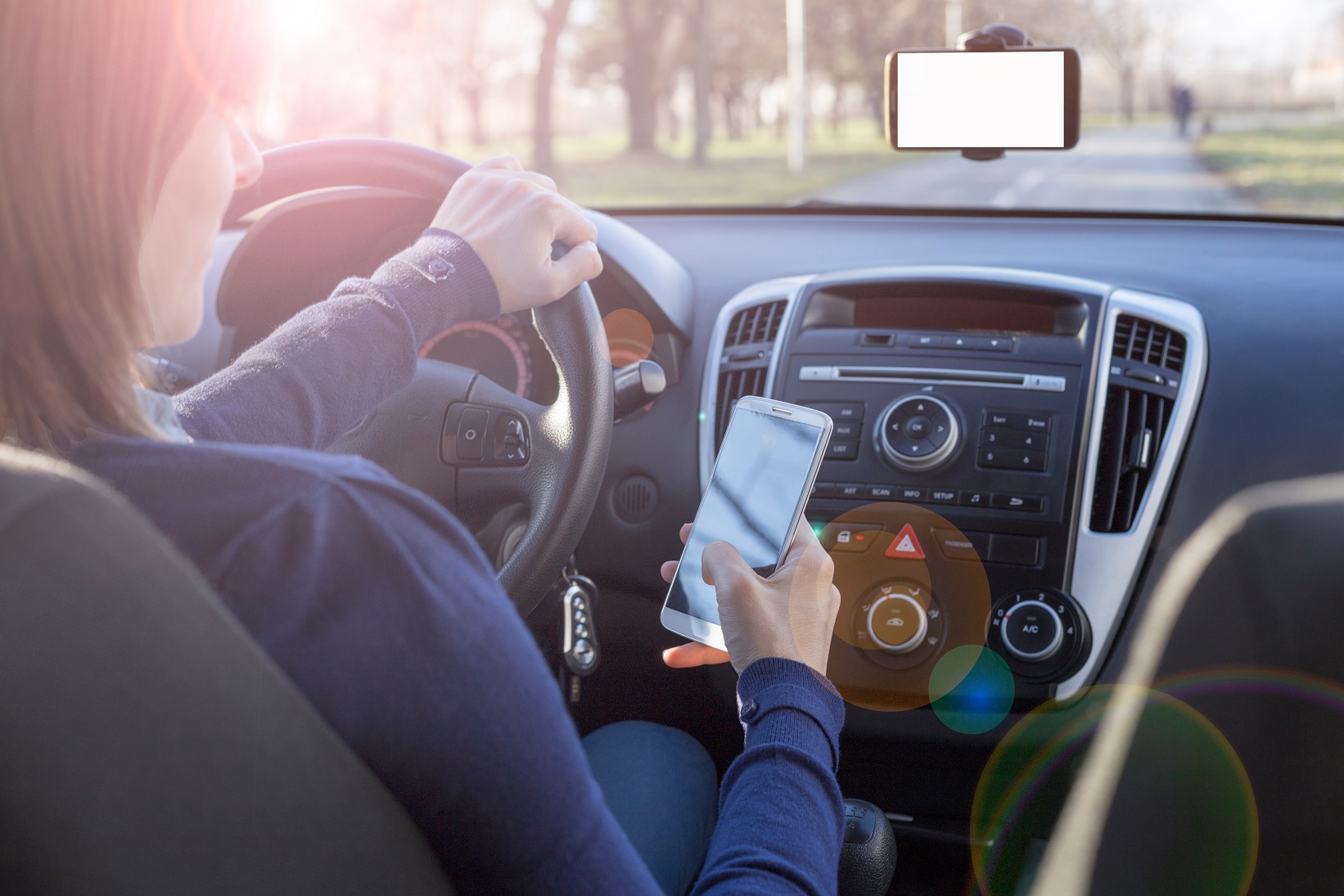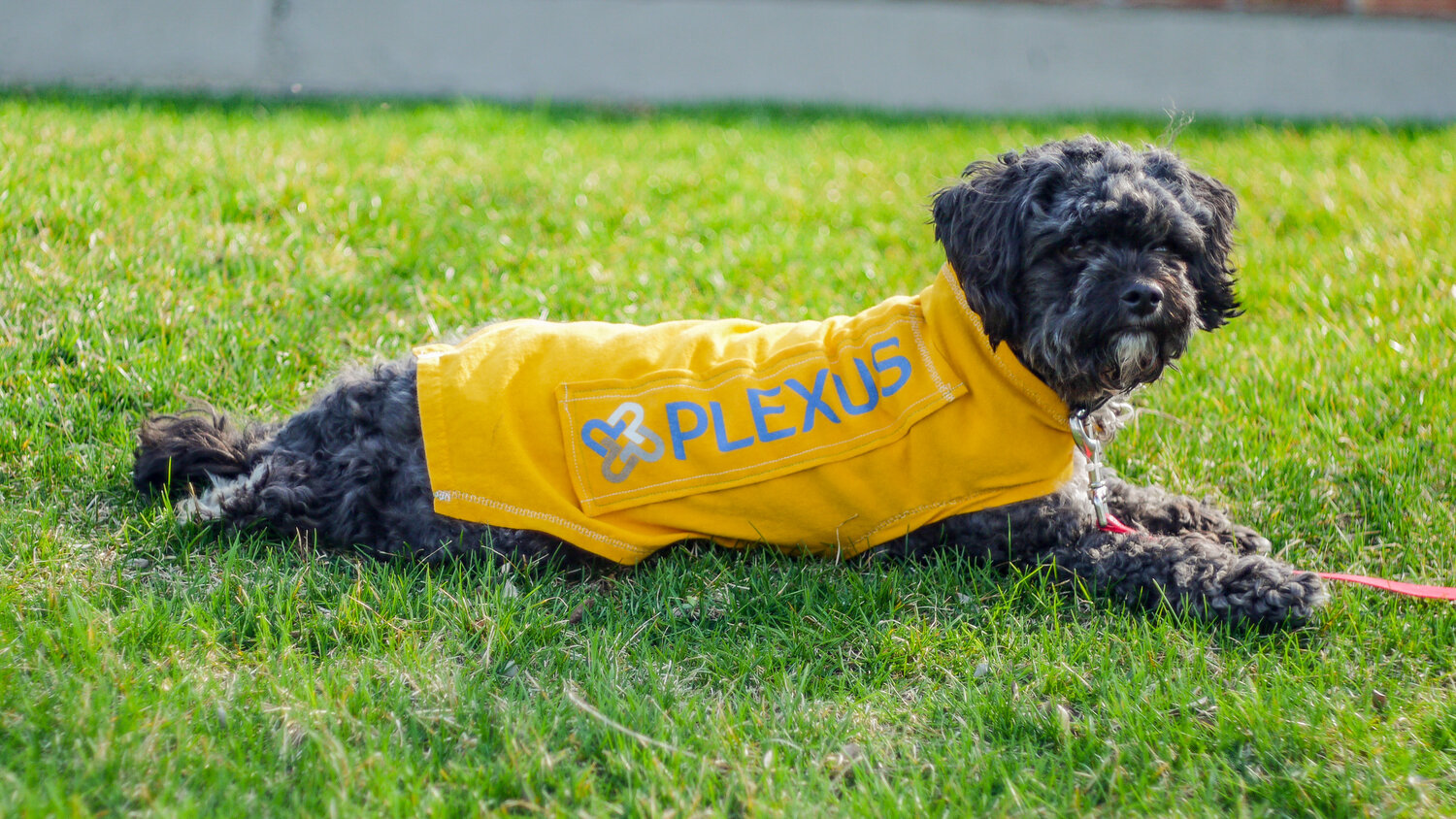DID YOU KNOW? Texting While Driving Deaths On The Rise

Drunk driving is down by 65 percent since 1982, but deaths and injuries caused by distracted driving – like texting while driving – are on the rise.
People are busier than ever, juggling home and work lives, managing kids' schedules and rushing from one thing to the next. It is no wonder that people use their time in the car to navigate their day -- making appointments, responding to email, returning a text -- when instead they should just navigate the road.
This wasn't always the most prevalent problem on the road. Alcohol was.
According to the National Institutes of Health, in the mid-1970s, alcohol was:
- a factor in over 60 percent of traffic fatalities
- involved in two-thirds of traffic deaths among persons 16 to 20
- allowed to be purchased by anyone 18-years old.
Since then, a number of factors have been implemented to reduce drunk driving fatalities. Some of those reasons include:
- the drinking age is now 21 in all 50 states.
- The level at which a person can be arrested for drunk driving has dropped from a 0.10% blood alcohol content (BAC) to 0.08%
- a zero tolerance law of 0% BAC for underage drinking have been adopted.
- drunk driving has been stigmatized
- the use of designated driving has been promoted.
According to Responsibility.org, these efforts have reduced alcohol-impaired driving fatalties by 65% since record keeping began in 1982.
But with the onslaught of cell-phone use -- over 330 billion Americans use one daily -- the statistics for distracted driving are going in the other direction.
According to the Centers for Disease Control, approximately 9 people are killed and 1,100 people are injured per day due to distracted driving and these statistics don’t include near-misses where an accident was avoided at the last second.
A number of years ago, Car and Driver magazine conducted a test that measured the reaction time of a drunk driver compared to a texting driver. The texting drivers took significantly longer to react to an alert than drivers who were legally drunk, yet texting and driving continues virtually unabated.
Despite these statistics, legal deterrents for distracted driving lag far behind those that have been implemented for drunk driving. In Illinois, the average fine for texting and driving is $75 for a first offense and little or no change in your insurance premium with most insurance companies. Contrast this with a first-offense DUI in Illinois – A one-year suspension of your driver’s license, a fine of up to $2,500 (not counting attorney fees), and up to one year in jail. From an insurance standpoint, a DUI may also result in non-renewal of your auto insurance, or astronomical increases in your premium combined with coverage restrictions or eliminations for up to seven years.
In order to fill this void, the insurance industry needs to get tougher on distracted driving. Awareness campaigns are a good first step, but meaningful financial penalties need to be implemented as a deterrent. Perhaps tripling a policyholder’s collision deductible for a distracted driving claim would work because it would have an immediate financial impact at the time of loss.
Have questions about your home and auto insurance coverage and want to make sure you are covered if a texting while driving accident occurs? David Miller has answers. Miller, who writes the monthly Did You Know blog, is The Plexus Groupe’s Vice President, Client Executive for Private Client Solutions. Miller can be reached by calling 846-307-6141.


